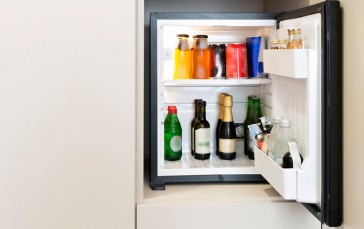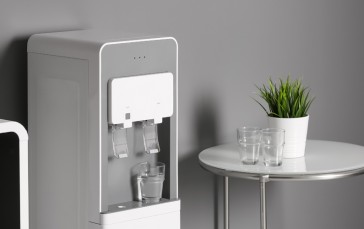How To Save Space In Your Fridge
The fridge – that wonderful appliance that we often find ourselves staring into blankly, hoping that something satisfying will jump right out at us. While its intention is to keep our grub chilled and edible, there’s no denying that instead of being “just” a refrigerator, we often misuse its purpose and rely on it as more of a storage facility than a tool to keep perishables from rotting. This leaves the shelves overloaded and can also do more harm to some food than good.
The solution is to know what needs to be kept in the fridge and what can make its way to an alternative storage compartment. To help you save your foodstuffs as well as make space in your fridge, here’s a list of consumables that can (and often should) be kept in a less chilly environment.
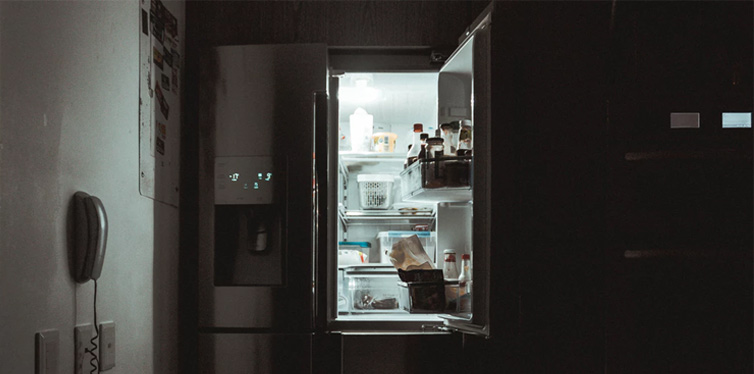
1. Oils
Cooking oil, especially coconut and olive oil, has the tendency to condense and turn into a hard and grainy, butter-like consistency when refrigerated. Instead, store oil in a dry, dark and cool cupboard away from direct sunlight.
2. Nuts
If you’re nuts about nuts and want to keep your stash fresh for a late-night snack, then avoid the fridge! Lower temperatures can impair their flavor and change their texture. We suggest you grab an air-tight container and find a spot for them in your pantry.
3. Potatoes
If you enjoy a good baked potato then don’t.store.it.in.the.fridge! When exposed to cool air the starch in potatoes turns into sugar and simply ruins the authentic flavor. Not to mention that the fluffy white “mash” will turn into discolored turmoil. Store your tats in a paper bag or best yet, a net – and then leave them in your pantry.

4. Garlic And Onions
Unless you want your fresh garlic and onions to start sprouting before they turn into balls of mush or rubber, then keep them far, far away from the fridge. These rooted vegetables do better out in the open, preferably away from direct sunlight.
5. Tomatoes
While some prefer their tomatoes slightly chilled, keeping them in the refrigerator does, unfortunately, reduce their flavor. You’ll be left with a watery lump that has an unripe texture. Instead, keep your tomatoes soft and juicy by placing them in a bowl or basket along with your other fruit.
6. Avocados
Avo on toast anyone? If you want to enjoy the thick and creamy flesh of an avocado, then it’s best to ripen it outside of the fridge. If they are contained in a cold chamber, then the ripening process will be hindered and you will be left with bitter or bland fruit. Hint: if you want your avocados to ripen quickly, store them with bananas.
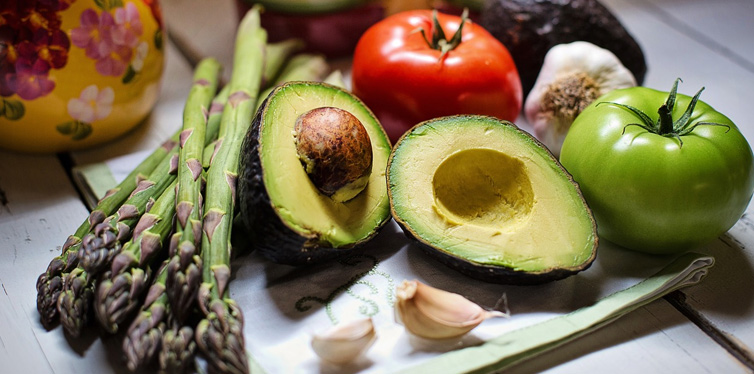
7. Hot Sauce
Hot sauces are loaded with vinegar – which helps to prevent bacterial growth. So, instead of placing bottles in the fridge, keep them in the pantry. Storing the sauce at room temperature also helps to keep the flavor intact.
8. Bread
The starch molecules found in bread simply do not thrive in colder temperatures. In fact, when you store your loaves in the fridge, then you speed up a chemical reaction called “retrogradation”. The result of this reaction is dry and stale bread.
9. Honey
Honey lovers should be storing this golden liquid in a dry cupboard – unless you want it to become thick and tough in consistency, that is. Chilled air tends to crystallize and solidify honey, making it very frustrating to work with.

10. Bananas
If you want to stall the ripening process, then you can get away with storing your bananas in the fridge. If you prefer them to ripen naturally and retain their sweet flavor, then we suggest you keep them in a fruit bowl or basket.
11. Coffee
Coffee has an uncanny way of absorbing the smells of the ingredients around it. So, unless you want your coffee to taste like last night’s pot roast, we suggest you place it in an airtight container and keep it in a dark and cool cupboard.
12. Mangos
Mangos are at their juiciest when they are left to ripen at room temperature. Once they soften then you can wrap them in a packet and refrigerate them.
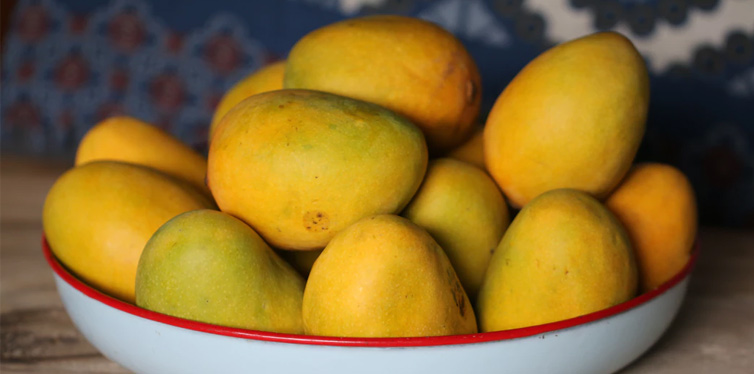
13. Dried Fruit
When you put dried fruits in the fridge then you add unwanted moisture to their flesh and you eliminate the “dryness” that was obtained. Instead, keep them in a sealed container in an aerated cupboard – if stored correctly they can last up to a whole year!
14. Chocolates
Many people think that the fridge is the best place to keep chocolate, especially if the room temperature is heated and is melting the stash. The thing is, however, that the colder temperature and moisture can tamper with the taste, texture, and even the color. Rather keep your sweet treats in a cool and dark cupboard.
13. Eggs
The irony in this is that most fridges come with compartments made especially for eggs. So, while you can, essentially, keep them in the fridge, the ultimate spot for them is still the pantry. This is because the opening and closing of the door can make their temperatures fluctuate, compromising the eggs as a result.

16. Soy Sauce
While the label might tell you to store a bottle of soy sauce in the fridge once opened, we know better. The high salt content keeps the ingredients fresh and you can leave it out (sealed) for a good 6 months.
17. Wine And Champaign
Unless you are chilling your wine or Champaign with the intention of cracking it open in the next few days, we suggest you rather keep it in a more cellar-type environment. The cold temperature not only alters its taste but fluctuations in temperatures from opening and closing the door can kill a good wine too.
18. Dried Spices
The cold compartments of your fridge can be dry spices’ worst enemy. Cooler temperatures will impair their taste and also dull there once bright and invigorating colors. Keep in mind, however, that heated temperatures can have the same effect, so always make sure they are stored in a dry place with medium temperature levels.
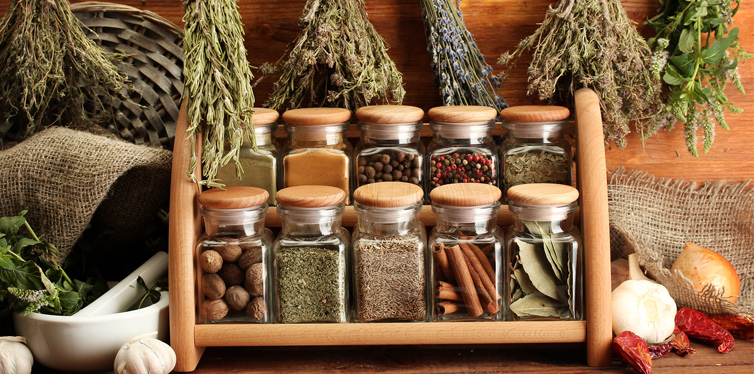
19. Pastries
It can be quite tricky keeping pastries fresh and crispy but the fridge is the one spot that seems to do the most “damage”. The inevitable condensation leaves the once “fresh out of the oven” pastry soggy and limp. It’s best to wrap them in a paper bag and leave them out at room temperature.
20. Watermelon
When freshly sliced, watermelon does better in chilled environments. But when it’s still in its big and bulky state then you can save space in your fridge by keeping it in your pantry instead. This will allow it to ripen at its own pace, ensuring a sweeter and juicier consistency.


